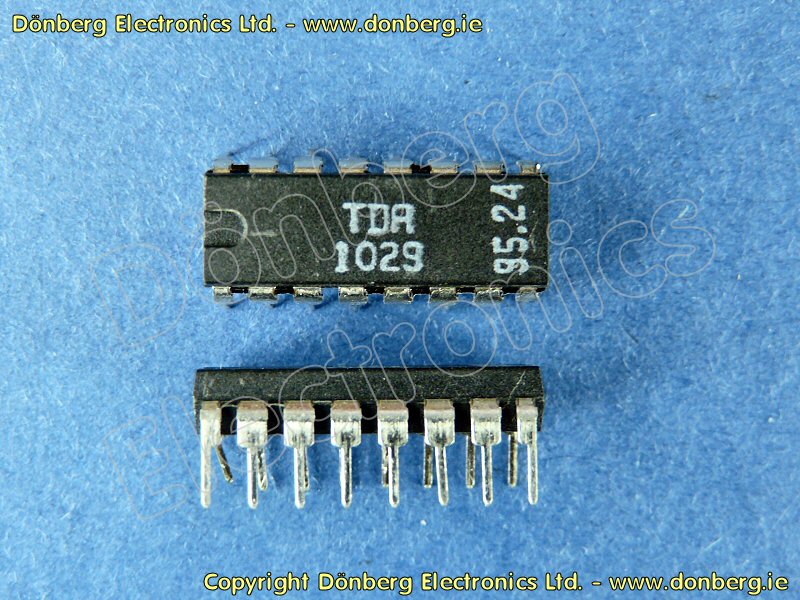-
Feeling isolated? You're not alone.
Join 20,000+ people who understand exactly how your day went. Whether you're newly diagnosed, self-identified, or supporting someone you love – this is a space where you don't have to explain yourself.
Join the Conversation → It's free, anonymous, and supportive.
As a member, you'll get:
- A community that actually gets it – no judgment, no explanations needed
- Private forums for sensitive topics (hidden from search engines)
- Real-time chat with others who share your experiences
- Your own blog to document your journey
You've found your people. Create your free account
You are using an out of date browser. It may not display this or other websites correctly.
You should upgrade or use an alternative browser.
You should upgrade or use an alternative browser.
1018 steel is gummy,wears out cutting tools and doesn't leave nice finishes. The barstock you have pictured is cold rolled steel as opposed to hot rolled steel that is black in color with mill scale from exposure to iron oxides and magnetite during the cooling process. Cold finished steels are usually predictable in sizing within .003 inch tolerances and are fairly straight.Hot rolled steels are always quite bigger than their nominal sizes and have to be machined in order to guarantee that they are of suitable sizes when finished. Mill scaled hot rolled steel is usually the way 1018 is delivered. (translates to more work to use it and time always translated to more money)
My preferred steels to use are cold rolled 11L14 and 12L14 that have lead alloyed into it that makes it freely machinable,produces nicer surface finishes and doesn't tear up cutting tools
1018 steel is gummy,wears out cutting tools and doesn't leave nice finishes. The barstock you have pictured is cold rolled steel as opposed to hot rolled steel that is black in color with mill scale from exposure to iron oxides and magnetite during the cooling process. Cold finished steels are usually predictable in sizing within .003 inch tolerances and are fairly straight.Hot rolled steels are always quite bigger than their nominal sizes and have to be machined in order to guarantee that they are of suitable sizes when finished. Mill scaled hot rolled steel is usually the way 1018 is delivered. (translates to more work to use it and time always translated to more money)
My preferred steels to use are cold rolled 11L14 and 12L14 that have lead alloyed into it that makes it freely machinable,produces nicer surface finishes and doesn't tear up cutting tools
That's really interesting! There's so much more to steel than I would have thought.
What would cold rolled 11L14 or 12L14 be made into? for example, would it be used to make parts for cars?
What type of tools would be used to machine the 11L14 and 12L14?
The leaded and sulphurized steels are called free machining steels generally used for screw making or complex machined parts that require the durability of steel with easy cutting properties. It can be cut with high carbon tool steels or cemented tungsten carbide cutting tools either in clamped or braised configurations. The leaded or sulphurized steels do not have good weldabality properties due to their alloy being incompatible with that process. The free machining steels do not lend well either to surface or thru hardening. Surface hardening is also referred to case hardening with provides good wear properties of a thru hardening with a soft core that provides toughness or resistance to cracking. Thru hardened steel is typically brittle in nature.That's really interesting! There's so much more to steel than I would have thought.
What would cold rolled 11L14 or 12L14 be made into? for example, would it be used to make parts for cars?
What type of tools would be used to machine the 11L14 and 12L14?
Most of the lower graded threaded fasteners used in automotive assembly are made of free machining steels,where the higher tensile strength bolts used in the chassis,suspension and engine internals are not. The higher the tensile strength of a bolt is always followed by a marked lowered difference in shear strength.Chassis mounting hardware is generally ASTM grade five that provides good hold down with an acceptable shear strength to counter road shock. Grade 8 fasteners are usually used for internal engine fitments that have excellent hold down with a lowered shear property in a different kind of application where it isn't required. A threaded fastener is best described as a spring that has an elastic memory for retention. If you overstretch the spring with excessive rotation torque and exceed it's memory,even though you feel that the bolt will be tighter in effort to turn it,the holding properties are reduced and the bolt is in effect looser in nature.
This is by no means all that there is to know about this,it is the Cliff's Notes version of free machining steels and their uses.
Last edited:

They eat houses here? Lol
1039-B Armaloy 1-1/4x1-5/16 Open-End Wrench

Fig. 117 shows an Armstrong 1039-B 1-1/4x1-5/16 open-end wrench, stamped "Made in U.S.A." with the Strong-Arm logo on the face, although barely visible due to wear and pitting. The shank is stamped "Armaloy" near the center.
The overall length is 14.1 inches, and the finish is chrome plating.
Fig. 117 shows an Armstrong 1039-B 1-1/4x1-5/16 open-end wrench, stamped "Made in U.S.A." with the Strong-Arm logo on the face, although barely visible due to wear and pitting. The shank is stamped "Armaloy" near the center.
The overall length is 14.1 inches, and the finish is chrome plating.
Share:
New Threads
-
-
Eric Bristow, Piers Morgan & Susanna Reid
- Started by Aspergers_Aspie
- Replies: 5
-
My boyfriend is threatening to dump me because of me getting medical guardianship. Is that reasonable?
- Started by dancerxoxo123
- Replies: 85
-
How I Was Treated Like Absolute Trash for Being an Autistic Person
- Started by marrowbuster
- Replies: 15
-
-
-
-
-
You ever impulsively post something really dumb, and regret it a minute later?
- Started by Yeshuasdaughter
- Replies: 19
-





